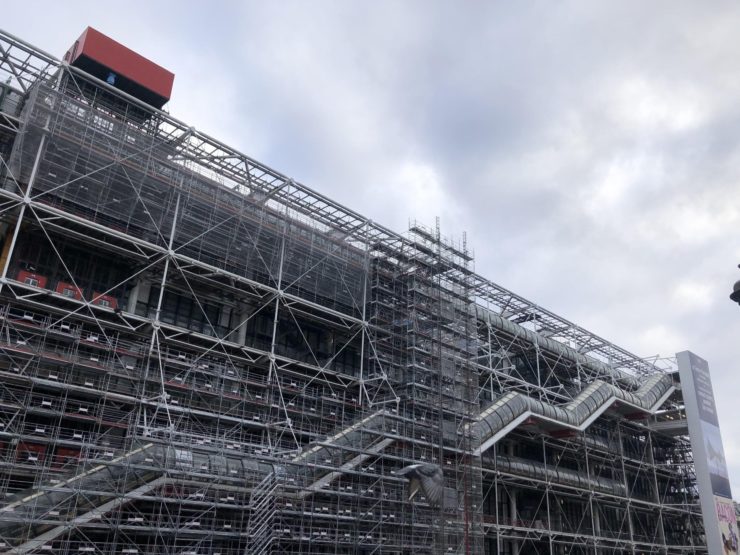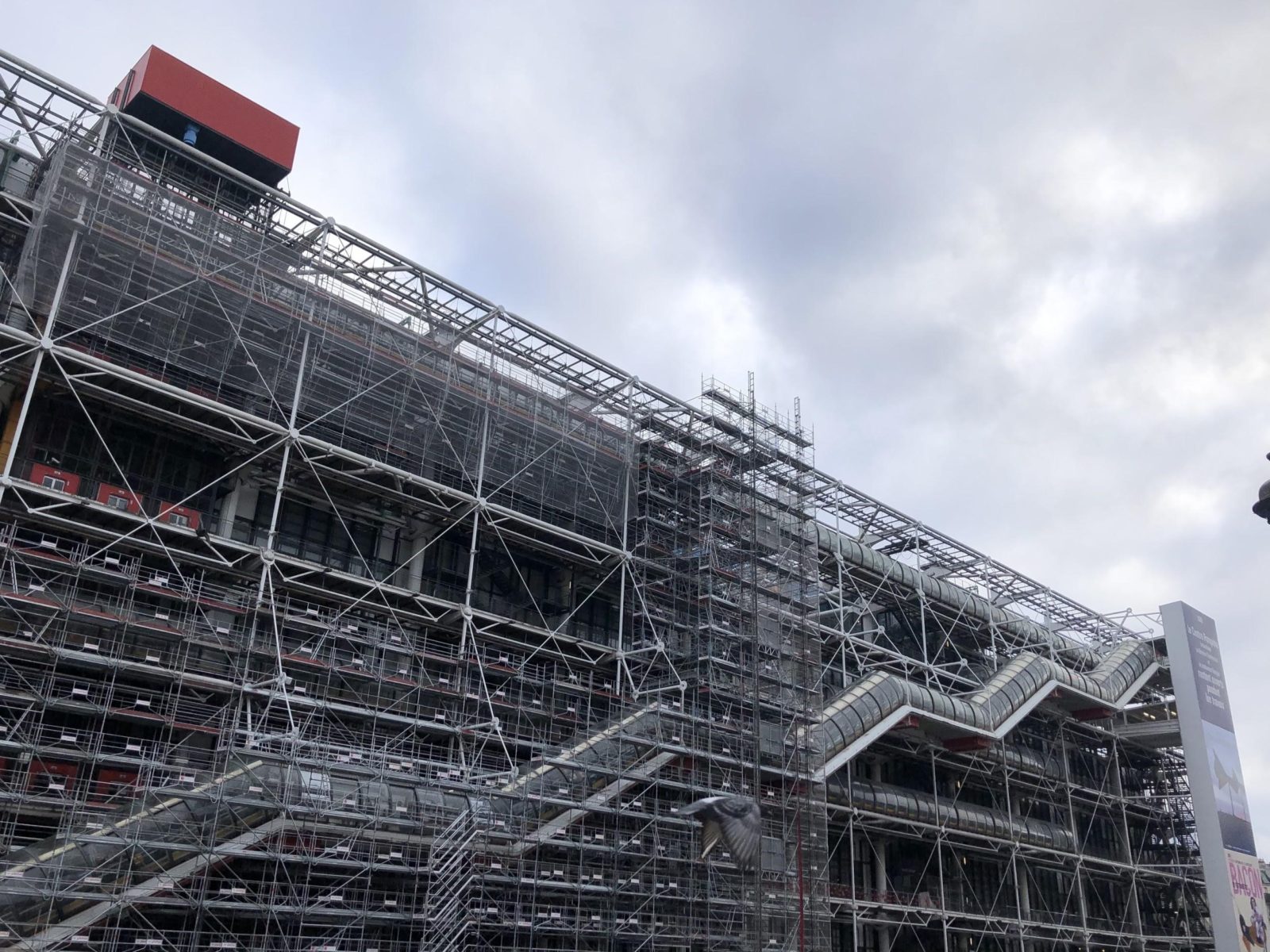News
“Infrastructure of theatrical tools” – Freja Kir
Following a focus on diffraction through sound and mathematics, this second part continues the series of short blog posts reflecting on current perspectives for measuring transmissions in motions. The writings specifically draw on references and inspiration shared from the seminar of the same title hosted by the University of Utrecht during the first half of 2020. Throughout the written reflections the intention is set to unpack approaches for measuring tools, instruments and imagination as bridges between unconventional and scientific methods. Combined with related references this text address performative modes of movement as hybrid methods for detecting scientific research in motion.
A theatre for critical encounters
As the term of ecology has been adopted across science, humanities, and the arts, the notion effectively has taken on an intertwined meaning. To unfold and grasp this notion in motion, professor dr. Carl Lavery (University of Glasgow) presented his lecture “Ecologising Theatricality: Theatre and the Earth” directing attention to the methodology of theater. This inevitably begs the question: what then defines theatre? In his writing, Lavery considers the theatre as embodying a performative medium of affection, affection which possesses immediate impact on time and space. The notion of theatre as addressed by Lavery as such leans towards the genre of performance. What this approach also implies is an analysis of the doing rather than the meaning (Lavery, 2016). In this optic, the setting is not restricted to the stage but also to the format of complex events, collective happenings, and hybrid installations.
Hybrid infrastructures

Centre Pompidou in scaffolding, Paris, 02.01.2020, photo by Freja Kir
Rising with its construction of iron tubes, cables, and external staircases, the transparent infrastructural materials of the centre Pompidou by Renzo Piano is not opening this section because of its complex high-tech architecture, but rather because of the heritage it owes to the theatrical concept of The Fun Palace from 1964. Through their combined practices, architect Cedric Price and theater producer Joan Littlewood gave shape to this structural system and adaptive format of the palace. Though the project remained fictive, The Fun Palace is relevant as a thought experiment for reacting to and critiquing exhaustive everyday routines of mass culture. When combining elements of architecture, cybernetics, and game theory with the world of theatre, the system existed as a flexible architectural framework for interpretation and participation.
The stage, the structure, and the system all include potential assemblage of systems. With reference to the last post, the hybrid methods again seem relevant in context with physicist scholar Karen Barad. When in the writing of Horizon of beats as measuring tools, directing attention to diffraction, it served the purpose of using sound as a medium to grasp complex mathematical systems. In this context, linking the theatrical elements at stake to her approach to new materialism benefits the consideration of the discursive-, material-, and social aspects already embedded in the conditions of conception. With this nod to Barad, the hybrid consideration presented by Lavery as well as in The Fun Palace both suggest a way of critically addressing societal issues through the world of theatrical aspects. With the entangled narrative, time, and space in mind, theatre in this context comes to exist as an unconventional approach to diffracted reading.
References:
- Barad, Karen. 2007.Meeting the Univers Halfway: Quantum Physics and Entanglement of Matter and Meaning. Durham & London: Duke University Press.
- Lavery, Carl. 2016. Introduction: performance and ecology – what can theatre do?. Green Letters, 20 (3): 229–36.

